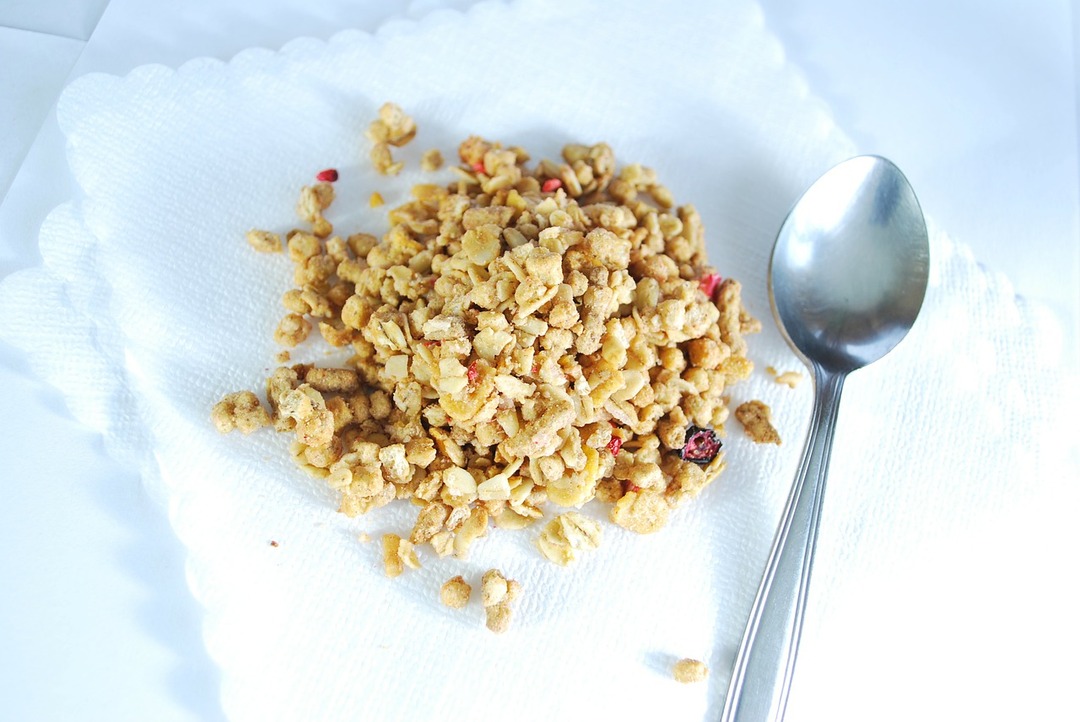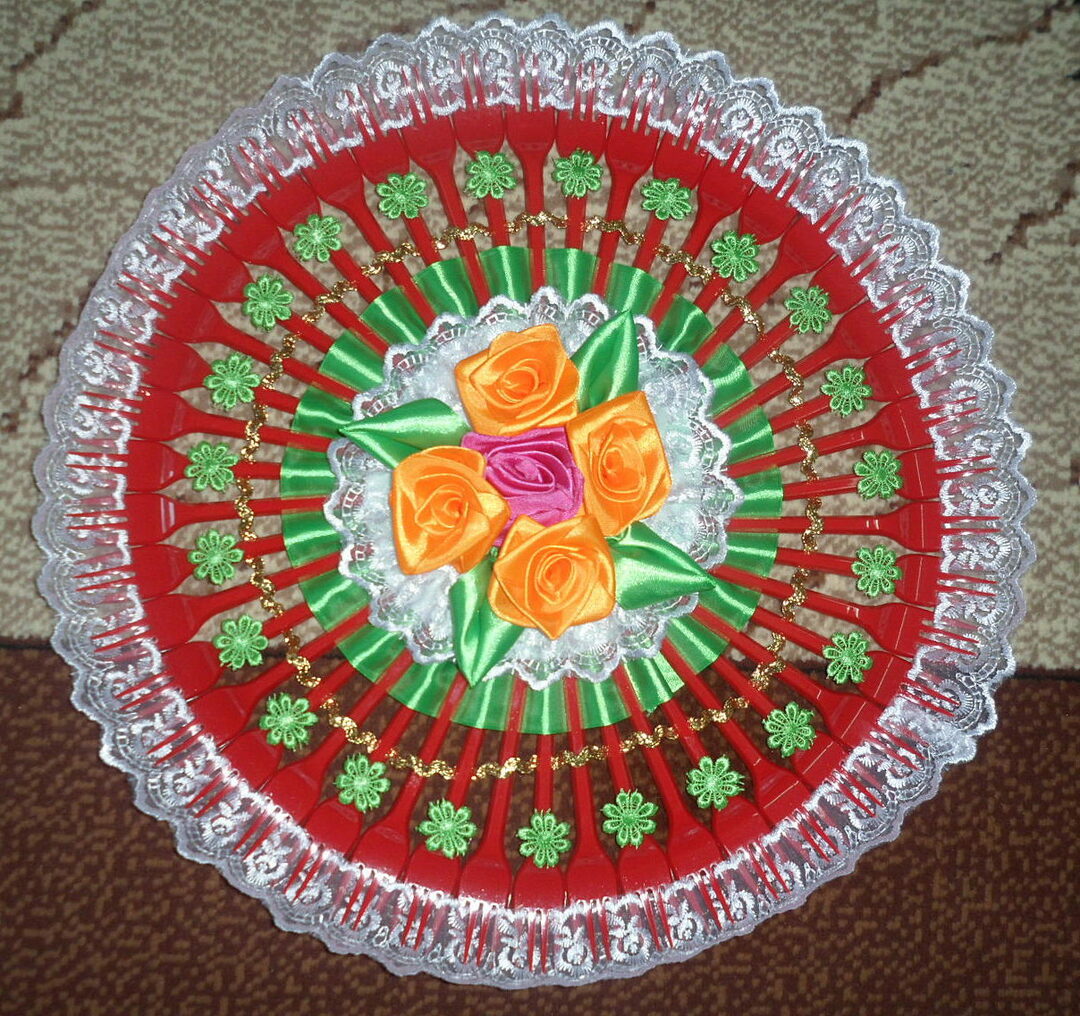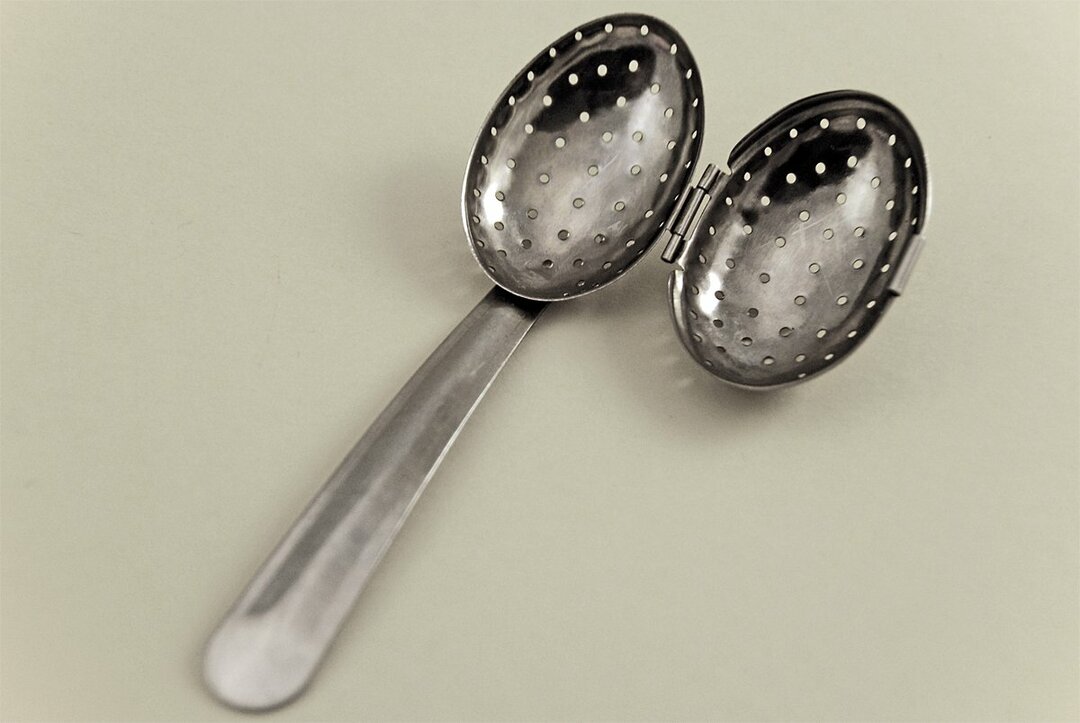 It takes ~ 3 minutes to read
It takes ~ 3 minutes to readJapanese knives are the best tool in a kitchen. Each has a soul, which, combined with handicraft, unites into a real masterpiece. If knives are distinguished by nationality, then it is Japanese that are considered the most unique because of the highest requirements for them.
At the same time, it is surprising that these works of art originated from a country where they fully eat mainly fish, vegetables and rice. But the fact is that the Japanese are aesthetes in everything - each dish must retain its original taste, be cut thinly and beautifully. And this can only be achieved with a good and professional blade.

Varieties of Japanese knives
There are many modifications, but we will tell you about the most demanded today. Some of them were transformed from katanas, hunting knives and other popular tools in everyday life. Each knife has a bocho prefix, and there is another name in front of it.
- Deba bocho is a knife designed for fish and meat. This is the oldest species. He can easily cope with small bones, but too large ones are beyond his strength. They work with a knife both with a blade and a butt. The tip is always sharper than the heel.
- Nakiri Bocho and Usuba Bocho. These are exclusively vegetable blades, rather thin. They feature a straight and narrow cutting edge that cuts products by simply lowering the hand. In this case, the knife does not need to be pulled or pushed. They are always sharpened on both sides. The former are more suitable for the home, while the latter are more suitable for professional activities.
- Santoku bocho. This blade is called multitasking. With its help, it is easy to chop, cut and chop. A very wide blade combined with a narrow handle fits perfectly in the palm of your hand. At the same time, the tool is well balanced and can perform almost all kitchen activities. The only thing is that very large bones do not lend themselves to them.
- Sashimi bocho. This is a whole group of knives used in the manufacture of sashimi and cutting seafood.
- Yanagi ba. They milled medium fish and cut sushi. The shape is different from all the others and looks like a willow leaf. Sharpening is done on one side only. A very sharp and thin blade can be from 20 to 35 cm.
- Takohikki. Special blade for cutting octopuses. Sharpening is one-sided and thin.
- Fuguhiki. The most flexible and thinnest of all straight bladed chef's knives. The maximum length is 30 cm. He is very sharp and he is the one who is trusted to carve the poisonous puffer fish.
- Oroshi bocho and Hancho bocho. These are flexible knives for cutting tuna and other large fish. The largest specimens of irrigation can reach up to 2 meters in length. Plus a handle that adds another 30 cm. Hancho completely copies irrigation, only half the length.

Design features
Japanese kitchen knives, like any other, have two main elements: the handle and the blade. The blades can have both double-sided sharpening (two symmetrical escapements on both sides), and one-sided. The latter are specially sharpened under the chef's hand, right or left. The classic blade of a Japanese knife is a hard core made of high carbon steel, with softer metal plates.
This process is also called lamination. This improves reliability, fracture toughness, corrosion resistance and service life. The type of sharpening affects the number of plates - there are two of them in a double-sided blade, and in a one-sided blade only from the side necessary for the chef.
The blade can extend completely into the handle or have a thin shaft. Such products are more durable and resistant to all influences.
Steel for production
There are several types of steel used for casting. One of the most famous companies - Hitachi Metals, produces alloys, marked according to the color of the paper wrapped in the factories.
- Shiro Gami (white paper). This metal is of the highest class, from which the most expensive products are made. They use the purest steel, with a small amount of impurities. The composition contains only iron and carbon (from 1.1 to 1.4%). This connection guarantees perfect cutting properties, and small additions of manganese and silicon add more strength.
- Ki Gami (yellow paper). This type of steel is almost identical to the first, only carbon in it is from 1 to 1.2%. These are unalloyed high carbon alloys that are chromium free. Such blades require more careful maintenance, but they are the sharpest - their Rockwell hardness reaches 62 units. Blades may not be sharpened for a long time.
- Ao Gami (blue paper). It is an alloy steel containing tungsten, chromium and sometimes vanadium. The blades are comfortable in everyday life, resistant to impact and rust, and are also durable. Slightly reduced cutting properties compared to reference knives.
- Modern technology for the production of high quality steel has given rise to a product called ZDP 189. Thanks to the unique method of foundry production, their hardness increases to 67.5 units. At the same time, the metal is ductile and retains excellent cutting properties. The blades can be polished to a mirror finish.
The most famous manufacturers of Japanese knives
There are many knife manufacturers in Japan itself. And almost the same number outside the country. Many of them have been creating their products for centuries. For example, a company Hiromoto there are already 8 centuries, Aritsugi - about 600 years. The Matsuri brand is blades made of 67 layers of damask steel that look incredibly impressive. You can buy such a product in Moscow or abroad for $ 100-150.
Also see a photo of blades from Samur, whose assortment is very large - from Damascus to single-layer steel, for every taste and wallet.
Global - high quality steel
One of the youngest companies that released its first product in 1985, but according to centuries-old traditions. Each blade is made of CROMOVA 18 stainless steel, with additives.
Chromium and nickel protect the blades from corrosion, while vanadium and molybdenum make them hard and durable. The maximum hardness of such a knife is 56-58 units. Therefore, they can not be sharpened for a long time.
The Global design is purely Japanese and the knives are different from the samples we are used to. Are intended for cutting vegetables with soft skin and seafood. But every year the company is expanding its product line, taking into account the needs of Europeans.
The grips are perfectly balanced and filled with sand inside. Therefore, such a blade is a natural continuation of the limb and is fixed securely in both wet and dry hands.
Kanetsugu - keepers of age-old traditions
Knives have been made for almost 700 years. Their main advantage is the processing of the blade with low temperatures down to -70 degrees. A lenticular sharpening is also used, in which the cutting edge becomes resistant to lateral loads. In this case, the cut is smooth and perfect, and the blades themselves do not lose their properties for a long time.
These are very sharp professional knives, popular all over the world. Handles are made of plastic and wood. They are not afraid of water and do not slip. Metal handles are made with anti-slip relief.
Each line of Kanetsugu differs in material composition. There are stainless steel molybdenum alloy blades that mimic the finest Japanese katanas (Pro-M series). Alternatively, they are clamped with two layers of AUS-2 steel to increase blade life (Pro-J). The latter have a special texture called "scalloped pattern". No food will stick while cutting. And the knife itself looks incredibly attractive.
Kasumi - only unique blades
These knives cannot be confused with any others - the blade has an original Tsuchime finish, imitating the marks of a blacksmith's hammer. A beautiful pattern of chaotic grooves, in addition to aesthetic value, is also quite practical - the grooves create an air cushion when working. At the same time, the cutting speed increases, and the products do not stick to the blade. Each knife consists of three layers of steel, and the central one is made of VG-10 grade.
Each line of Kasumi's blades is unique. The Damascus series has a 32-layer stainless high-carbon steel liner that is blended with the low metal during the forging process. Products made using this technology will be very durable and do not need to be sharpened.
And the Titanum series are unique tools that combine the advantages of steel and ceramics. The layer of steel is coated on both sides with a titanium coating, and the blade becomes very sharp and balanced.
Masahiro - the oldest knives in Japan
The main focus of the company is on blades for cutting meat, whose hardness reaches 60 units. Steel with additives of molybdenum and vanadium is used, as well as our own development - brand MBS-26.
The blades are asymmetrically sharpened (at an angle of 15 degrees). You cannot sharpen them yourself, you should contact a professional or use special water sharpening stones.
With great interest I always read your comments to my articles. If you have any questions, do not hesitate to ask them, leave, please, Your feedback in the form below. Your opinion is very important to me. Thanks to your criticism and thanks, I can make this blog more useful and interesting.
I would be very grateful if you rate this post and share it with your friends. It's easy to do by clicking on the social media buttons above. Do not forget the article you like Add to bookmarks and subscribe to new blog posts on social media.


